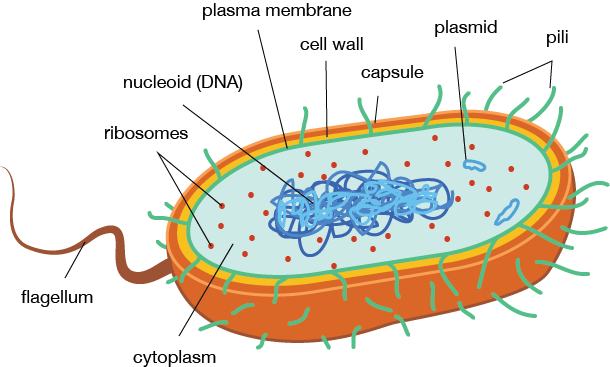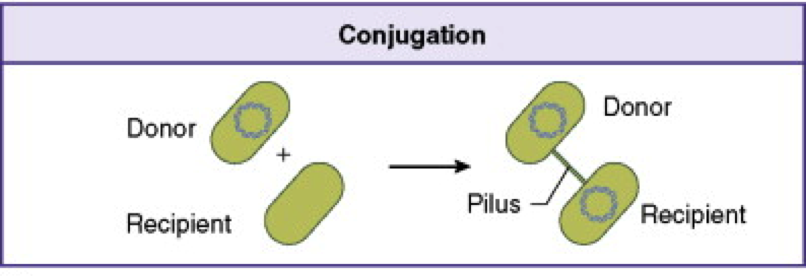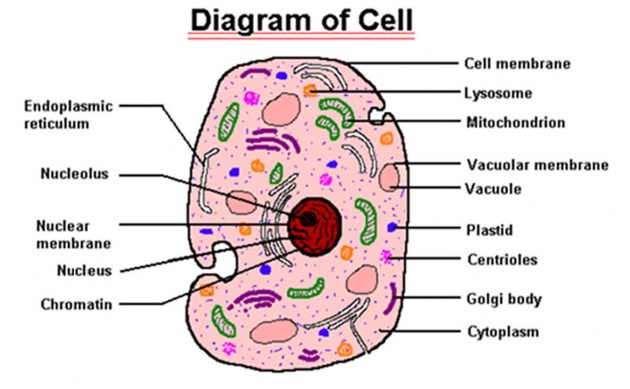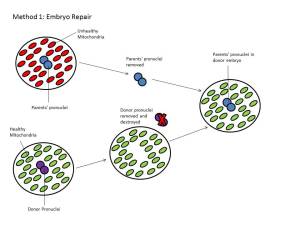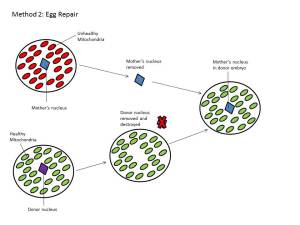10 years ago, I would have been sat in my University room listening to Billie Holiday. Billie Holiday has always fascinated me, her voice was like no other. It always amazed me how her voice changed from the young 1930s Billie Holiday, to ‘Her Last Recording’ album, when the voice came with every sorrow she had ever felt. Having read her biography, she knew more personal tragedy than I could ever know. I loved her, I still do and what I really liked was how she fought for equal rights in the song ‘Strange Fruit’. However, for an 18 year-old student, the song felt a long way away and a long time ago. I felt as though it was a good reference to a historical issue long put to bed, I listened and left it there. Today, I feel ashamed of myself.
You’ve probably just read the first paragraph and thought: ‘I thought this was a science blog’. However, today on 10th June 2020 the STEM community has shut down and has stopped ‘business as usual’ to eradicate racism. The organisation #ShutdownSTEM and #ShutdownAcademia, a collective of multi-identity, intersectional STEM professionals, have called to the STEM community to stop and reflect on the role STEM plays in sustaining a racist system. I know many scientists will be shocked by the viewpoint that global STEM endeavours contribute to racism. When I worked in science, the international community within the University almost made you feel immune to issues felt by the rest of the world. However, now I stop and think about it, the faces that surrounded me were predominantly white. Then there was the fact that many projects in the cell biology department were using HeLa cells.
HeLa cells are named after Henrietta Lacks, a black tobacco farmer from Virginia who fell ill with cervical cancer when she was 30, she subsequently died aged 31 on 4th October 1931 [1]. She was treated at the John Hopkin’s Hospital, one of the few hospitals to treat poor African-Americans. Here, a sample of her cancerous tumour was taken during a biopsy and sent to Dr George Gey. Dr Gey had been collecting cervical cancer cells with little success, but the cells taken from Henrietta Lacks were different, they did not die and doubled every 20 to 24 hours. They have now been used to study cancer treatments and played a crucial role in the development of the polio vaccine. John Hopkin’s University website talks about her legacy, but if you read ‘The Immortal Life of Henrietta Lacks’, by Rebecca Skloot, Henrietta had no idea her cells were being used for this.
Henrietta Lacks had no say in her cells being used, she wasn’t even told. Instead the cell line was refined, and unbeknownst to her family, was sold all over the world creating a cell culture market that is worth billions of dollars. It wasn’t until 25 years after her cells were taken that her family knew that they were being used. For her husband, who had the equivalent of a third grade education, this was really confusing, he didn’t know what a cell was and thought his wife was still alive in a laboratory somewhere. Her daughter questioned if it hurt her mother, all the experiments being done on her. What’s more, the family, who were poor and lived in poverty, never saw a penny of the billions of dollars that HeLa cells were being sold for and it consumed their lives trying to claim what they felt they were owed financially. The point has been made that doctors at John Hopkin’s University did not purposely want to harm Henrietta and her family. However, I wonder if they would have so readily taken her cells if she was a rich white woman?
More recently, the BAME community is at the mercy of science. It is now commonly known that black people are at a higher risk of dying of Covid-19. Some have put it down to medical differences such as synthesis of vitamin D, but look at the statistics and take time to do some research and it starts to clarify itself as a racial difference. In the UK, black people are four times more likely to die from Covid-19 than white people [2]. In the USA, counties with a higher population of black people account for “half of coronavirus cases and 60% of deaths” [3]. In both countries it has been seen that differences in accommodation and working life account for this. In the UK, only 2% of white British families live in overcrowded accommodation compared to 30% of Bangladeshi households, 16% of Pakistani households and 12% of black households. People from ethic minority groups are also more likely to have frontline roles in the NHS [2]. In America, many black people work in low paid jobs, such as meat packing, in these roles people have reportedly been asked to carry on working without adequate protection and risk of unemployment if they do not turn up for work [3]. It is these discrepancies in home and work life which have led to the BAME community not being able to protect themselves and being at greater risk from Covid-19.
Over the last few days, I have sat and read through information that led me to write this blog. However, I am annoyed with myself as it has it taken me 28 years to realise that I am part of the problem. I grew up in a predominantly white, very privileged, semi-rural community in the North West of England. I read To Kill a Mockingbird by Harper Lee, The Colour Purple by Alice Walker and I went to the cinema to watch The Help. I felt as I had done this I had educated myself about racism. However, I grew up thinking that as long as I was nice and didn’t discriminate in my day-to-day actions, that fighting for rights of other people wasn’t my issue. It was best to stay out of it, I didn’t want to offend anyone. If I’m honest, I felt as though racism was an old problem, a problem that surely had been sorted out by the 21st Century. I was wrong, racism is still insidious in society and to combat this we need everyone’s voice. So, I would like to stand in solidarity with the BAME community and today I have shut down my STEM enrichment activities for my A-level students. Instead, I want to take the time to educate myself and make the space to talk and reflect on how STEM can help to stand against racism and bring an end to injustice. I hope I can encourage my colleagues in the STEM community to do the same.
For more information on #shutdownSTEM and #shutdownacademia, please use this link: https://www.shutdownstem.com/about
References:
- SMITHSONIAN MAGAZINE, Henrietta Lacks’ ‘Immortal Cells’ [online] SMITHSONIANMAG.com, January 22 2010, Accessed on 9th June 2020. https://www.smithsonianmag.com/science-nature/henrietta-lacks-immortal-cells-6421299/
- THE GUARDIAN, Black People four times more likely to die from Covid-19, ONS finds [online] theguardian.com. May 7 2020. Accessed on 9th June 2020. https://www.theguardian.com/world/2020/may/07/black-people-four-times-more-likely-to-die-from-covid-19-ons-finds
- THE ATLANTIC, The Coronavirus was an emergency until Trump found out who was dying [online] theatlantic.com. May 8 2020. Accessed on 9th June 2020. https://www.theatlantic.com/ideas/archive/2020/05/americas-racial-contract-showing/611389/
